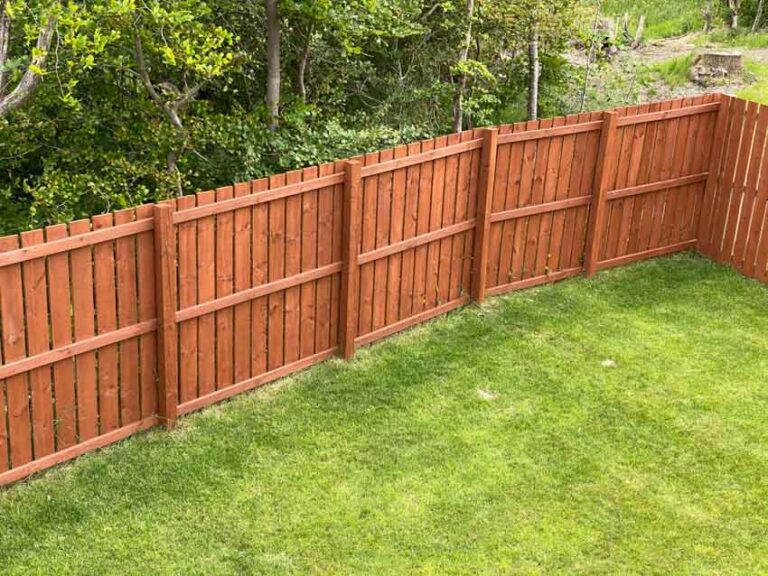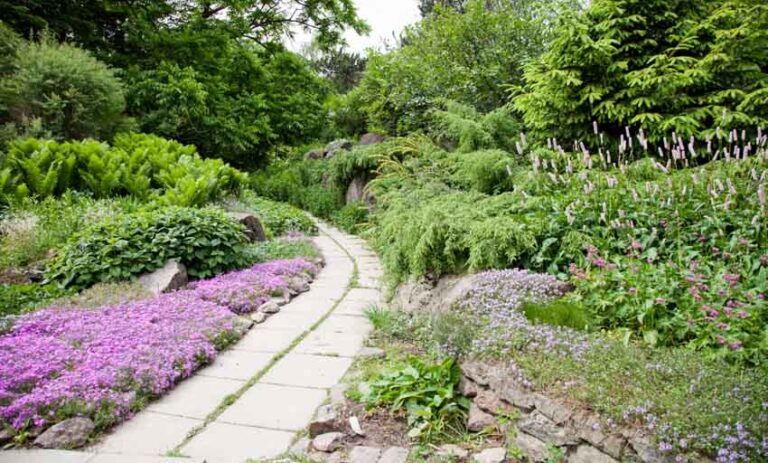Plants That Repel Bees
Here we share our plants that repel bees guide including plant and flower options, recommended scents, and tips to prevent bees naturally.
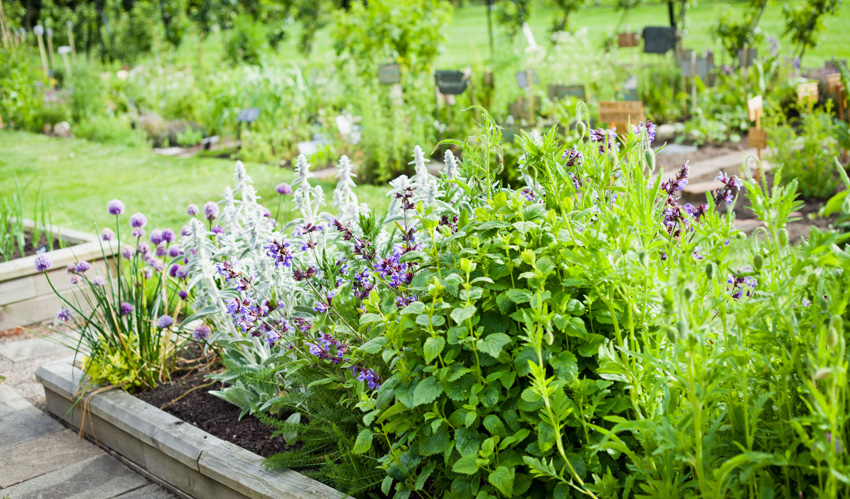 Most people have an aversion to being stung by flying insects such as bees. And while it’s not common to be allergic to bee stings, approximately 3% of adults will suffer an allergic reaction when stung.
Most people have an aversion to being stung by flying insects such as bees. And while it’s not common to be allergic to bee stings, approximately 3% of adults will suffer an allergic reaction when stung.
Bee stings could send people with allergies to the emergency room or be life-threatening and are often the top reason to keep bees away from outdoor recreation areas.
However, there aren’t many people who appreciate bees buzzing around them and their guests while they’re trying to enjoy a backyard barbecue. And, when a bee stings someone, it also dies.
Agricultural growers worldwide depend on bees to pollinate crops, yet harsh chemicals or electric bug killers add to the decline of bee populations worldwide. In 2020, beekeepers lost approximately 45.5% of their honeybee colonies.
Read on to discover natural ways to protect your outdoor space using plants that repel bees and work to keep them away. [toc]
What Plants Repel Bees
To enjoy your yard or garden without the nuisance and sometimes danger of bee stings, you can make natural changes instead of using chemicals.
Adding plants that repel bees is not only an easy and organic way to keep bees away; these bee repellent plants add beauty to your home’s property.
The following list represents the most popular plants that repel bees and where you can plant them to guard yourself against being stung.
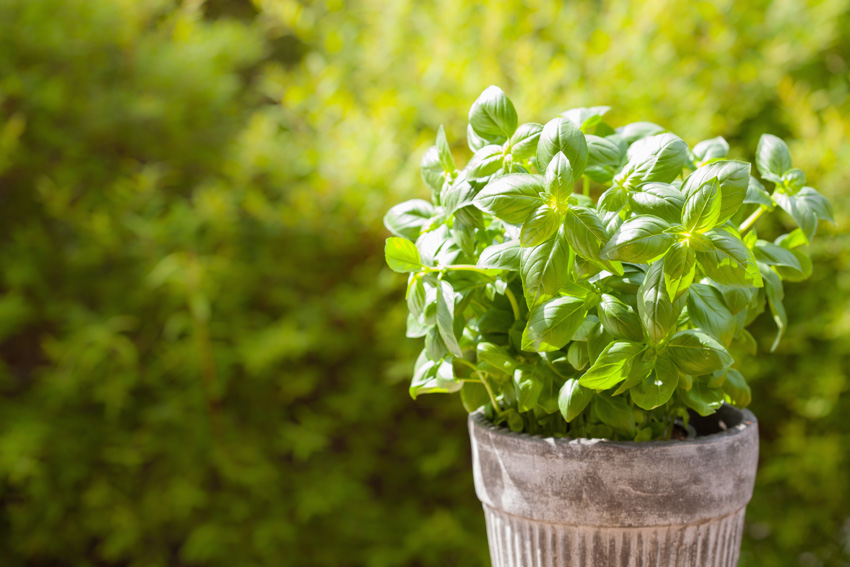
Depending on the location of your garden, you can plant the basil around its edges or in scattered sections to repel bees. No one wants to be stung while picking the bounty of their garden.
Basil also grows well in pots. Plant basil in pots and plant them among the sitting areas and porches around your property.
Cucumbers: Bees dislike the acidic smell and taste of cucumber peels. Plant at least one cucumber vine in your garden or a flower bed so you can pick fresh cucumbers when you need them.
The growing plants repel bees, and the peels of cucumbers placed in other areas of your yard or garden will also keep the bees away.
Pennyroyal: This plant smells similar to mint. Pennyroyal is a plant with a lower profile than mint, only reaching six to 12 inches high.
Pennyroyal can be planted in a flower or vegetable garden or pots. Its mint-like smell is a deterrent for bees.
Eucalyptus: The intense fragrance is a natural bee repellent. Bees detest the smell of eucalyptus.
It’s a plant that does well in pots or planted directly in flower beds. Eucalyptus also grows well as a houseplant.

Mint is excellent as a hot cup of tea, a garnish for drinks and iced tea, and can repel bees wherever it’s planted.
Wormwood: Not only do bees dislike the smell of wormwood, but the plant itself is also toxic to them.
Wormwood is an herb with a strong scent that repels bees. Its scent sends a signal to bees, alerting them of the poisonous substance absinthe found in the plant.
Flowers That Repel Bees
It may seem like an oxymoron to use flowers to repel bees. Flowers are attractive to bees which in turn aids in flower production. But there are a few flowers bees do not like.
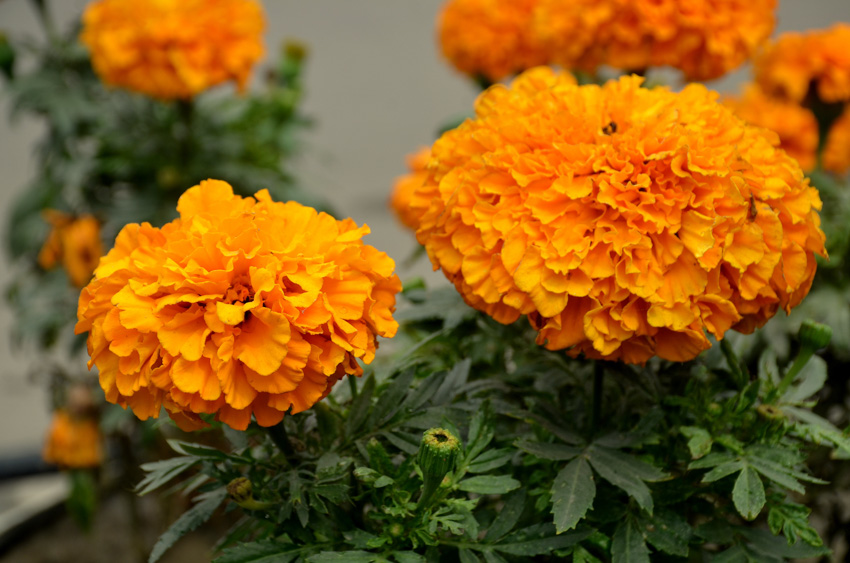
They have a strong smell most people enjoy, but bees hate. Marigolds are inexpensive and easy to grow.

Bees cannot see red, making geraniums a bit cloaked, and even other colors such as white and purple do not contain enough pollen to attract bees. While they don’t repel bees, they certainly don’t attract them.
What Smells Do Bees Hate?
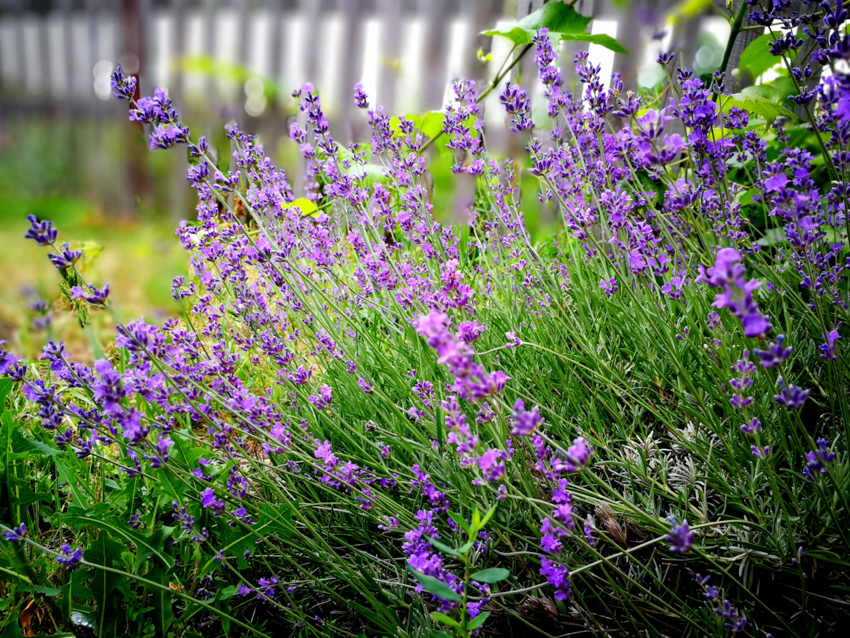
But these essential insects know a terrible smell when they approach flowers. The following are scents that keep bees away.
• Mint
• Lavender
• Eucalyptus
• Cinnamon
• Peppermint
• Spearmint
• Thyme
• Lemon
• Lime
• Citronella
• Tea Tree oil
• Olive oil
Add a few drops of these essential oils to a spray bottle filled with water and spray liberally on patio furniture, pool decks, pool toys and floats, and anywhere you want to repel bees.
What Repels Bees Naturally?

• Sprinkle garlic around your picnic table to ward off bees.
• You can also sprinkle cinnamon powder to repel bees.
• Place uncovered small containers of white distilled vinegar around the garden or outdoor patios.
• Hang mothballs in old nylons near where you want to repel bees.
Below are additional tips to keep bees away:
- Avoid wearing brightly-colored clothing or using bright-colored tablecloths outside.
- Plant flowers bees love away from outdoor areas such as patios, picnic spots, a pool, or anywhere you want to repel bees.
The bees will congregate near their favorite plants and with any luck, stay away from where you want to repel them.

• Lilacs
• Snapdragons
• Poppies
• Sedums
• Wisteria
• Sunflowers
• Black-eyed Susan
• Honeysuckle
• Lantana
By applying these tips to your garden at home, the presence of bees will be reduced. As a result, they won’t be a bother anymore nor be a source of fear while you tend to your garden.
See more related content in our article about the different vertical garden ideas on this page.



